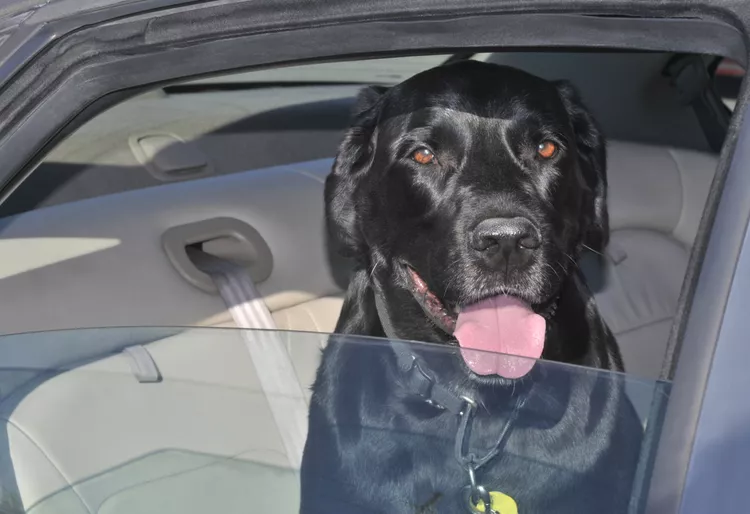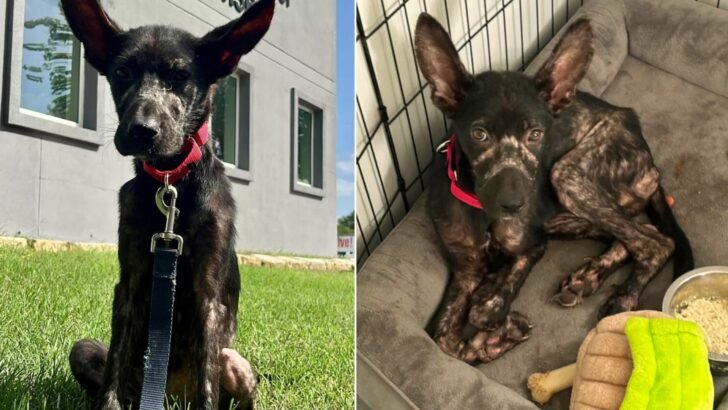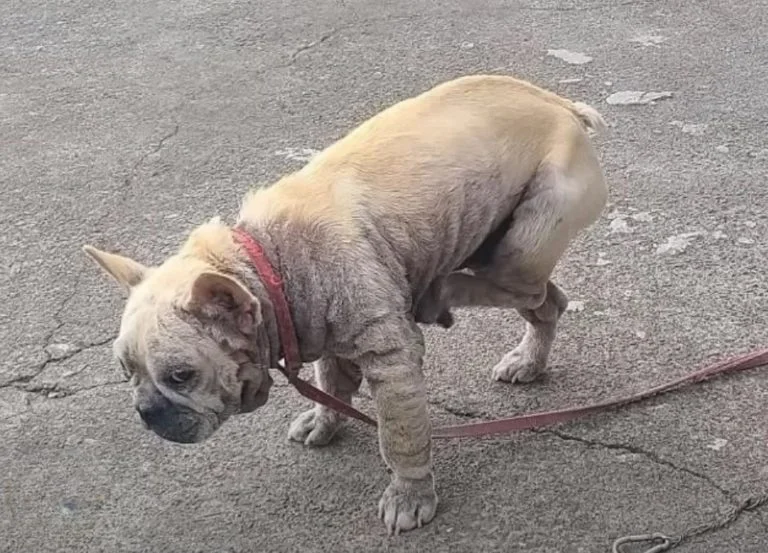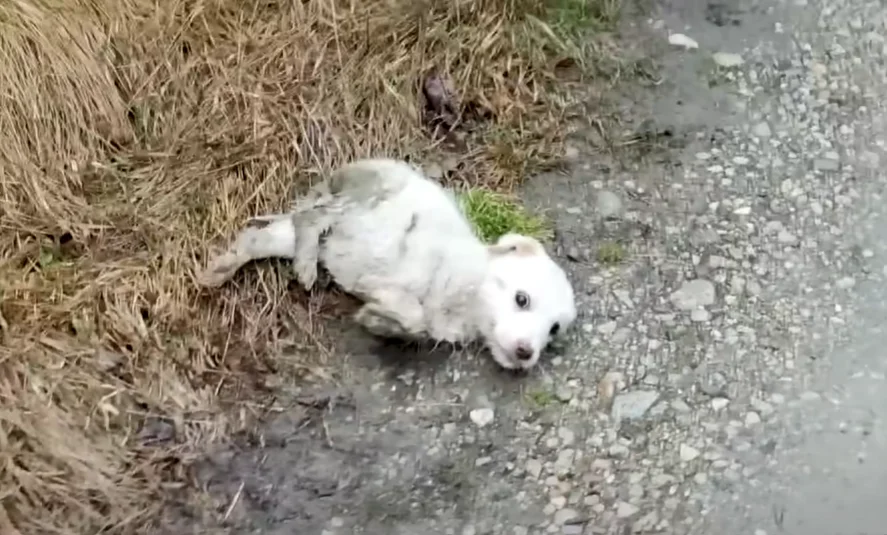Why Proper Restraint is Crucial for Your Dog in the Car
Seeing dogs with their heads hanging out of car windows, roaming freely, or even sitting on drivers’ laps might seem common, but these practices are unsafe. Although some people believe that restraining their dogs might cause stress or that dogs enjoy the freedom, the risks of unrestrained travel outweigh any perceived benefits. Here’s why:
- Distraction: A loose dog can easily distract the driver, leading to potential accidents.
- Interference: An unrestrained dog can obstruct the steering wheel, gear shift, and pedals, affecting vehicle control.
- Airbag Danger: Dogs in the front seat are at risk of injury from deploying airbags.
- Road Debris: Dogs with their heads out the window can be hurt by road debris affecting their eyes, nose, or mouth.
- Projectile Risk: In the event of a sudden stop or crash, an unrestrained dog can become a dangerous projectile, risking injury to the dog and others in the vehicle.
Additionally, a loose dog could pose a risk to emergency responders and potentially escape if the vehicle is damaged.
To ensure the safety of your dog, yourself, and other road users, always use a proper restraint system. Avoid letting your dog travel in the front seat, even if restrained. Here are some effective restraint options:
1. Crate or Kennel
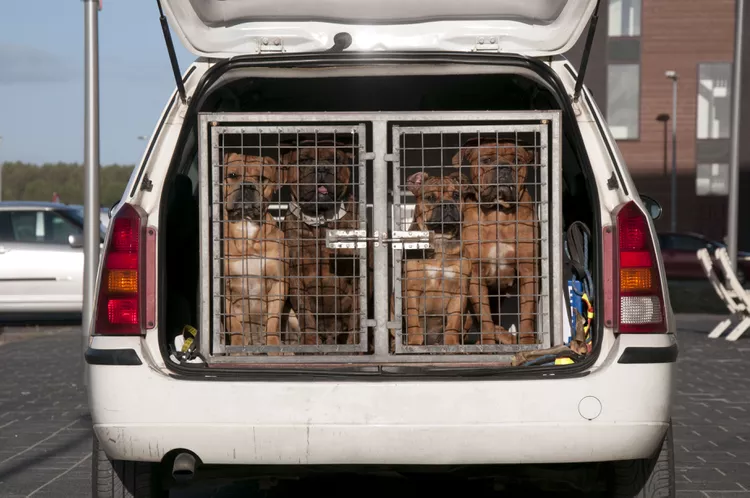
A sturdy crate or kennel is a secure option for traveling with your dog. Ensure the crate is properly secured in the car, whether in the cargo area or the back seat. Be aware of your car’s crumple zones, as placing the crate in a high-risk area could increase injury potential. A crate can prevent your dog from becoming a projectile, but the dog might still be injured if thrown against the crate’s walls in a crash.
2. Car Harness
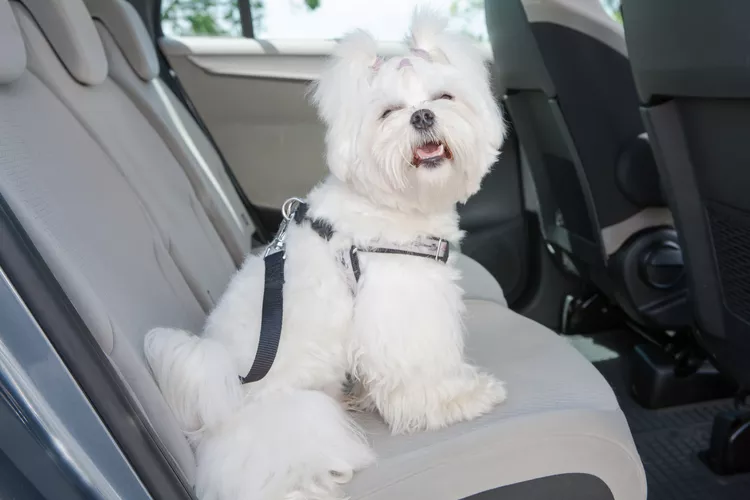
A car harness designed for crash safety is another effective method. Look for harnesses tested for impact and made with wide straps and padding for better protection. Ensure the harness is properly fitted and securely attached to the car’s seat belts. The tether should be short to minimize movement during a crash. Research the harness’s safety tests before purchasing.
3. Car Seat
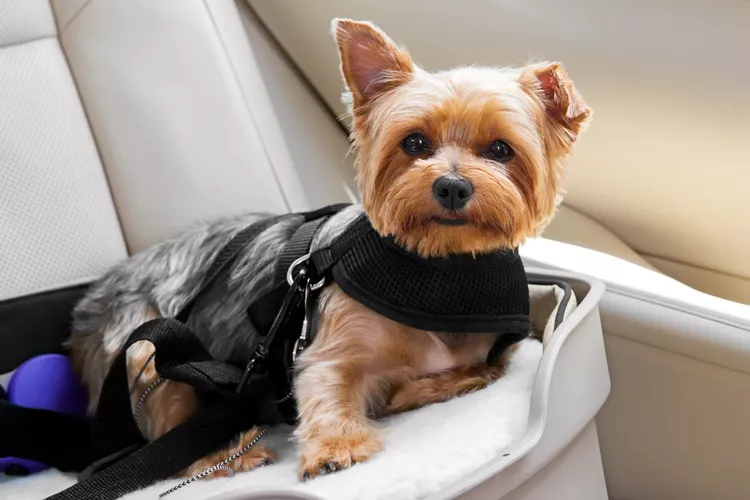
Dog car seats and booster seats elevate small dogs to see out the window while keeping them secure. Choose a car seat that attaches firmly to the car’s seat belts and includes a secure harness. Avoid using a neck collar for attachment, as it could lead to strangulation in an accident.
4. Car Barrier
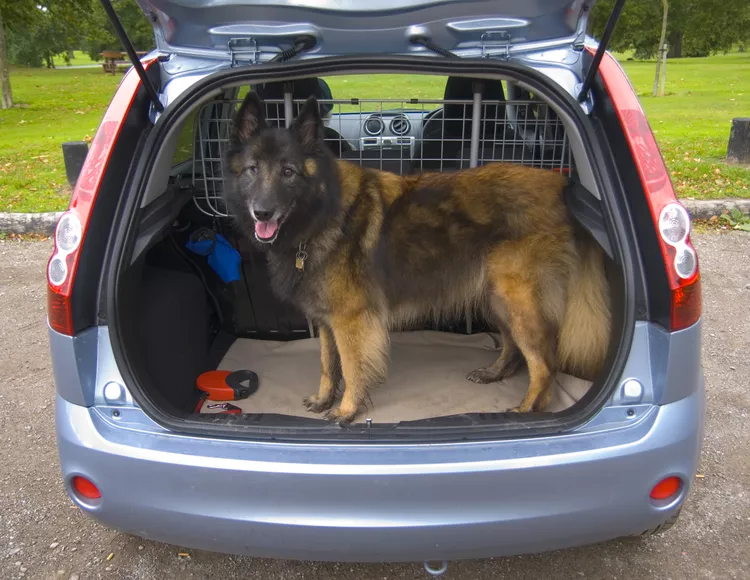
Car barriers prevent dogs from accessing certain areas of the vehicle, such as the front seats or cargo area. Barriers can be rigid (metal or plastic) or soft (cloth or mesh). While barriers reduce distraction and prevent dogs from becoming projectiles, they may not be as secure as crates or harnesses, especially during a crash. Even if the barrier stays intact, the dog will still be thrown against it.
Choosing the right restraint depends on your car, your dog, and your specific needs. Prioritize safety to ensure a secure and comfortable travel experience for your dog.

